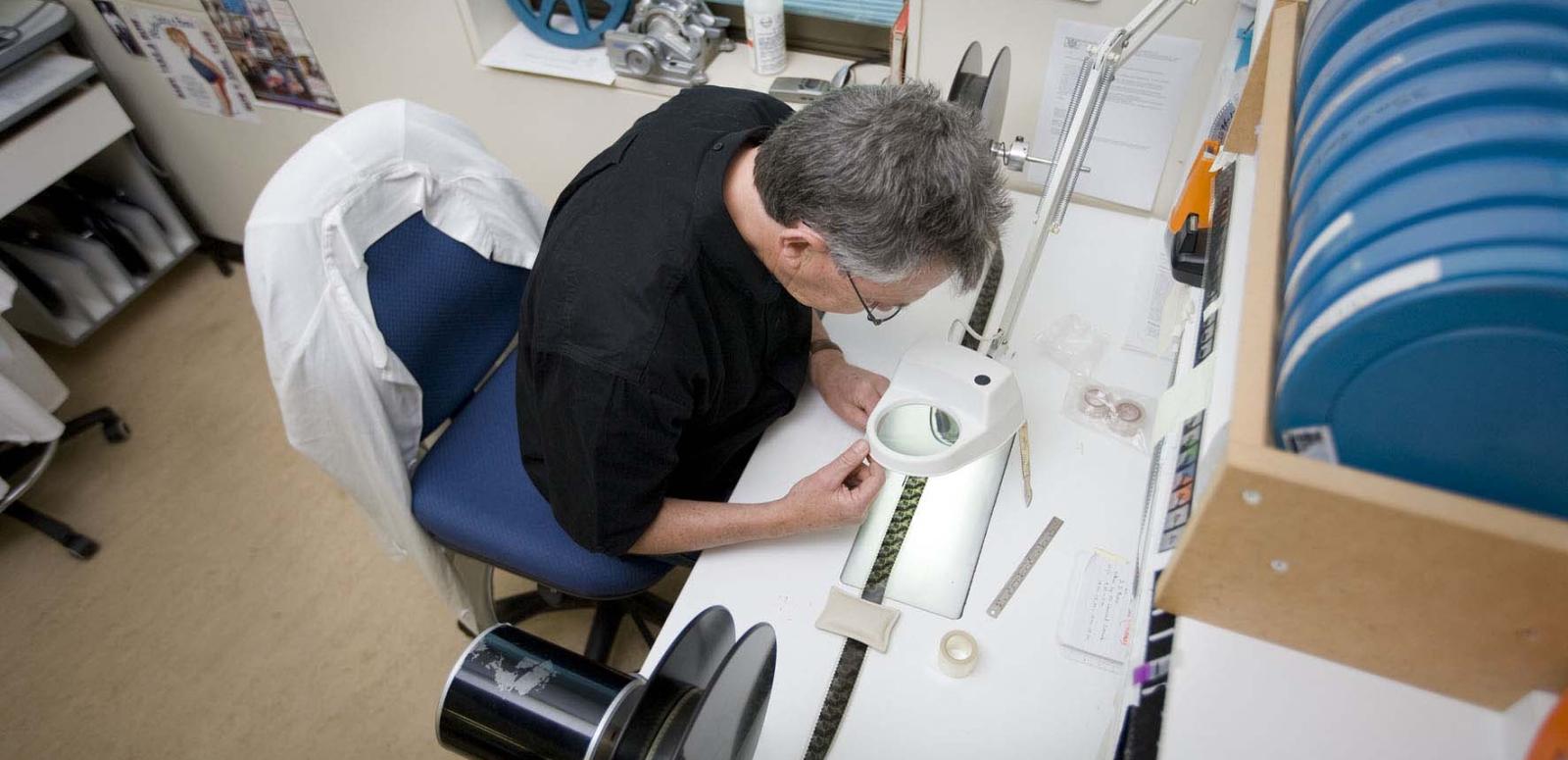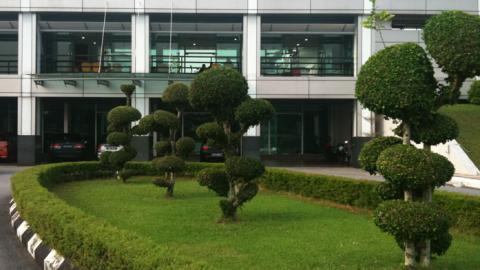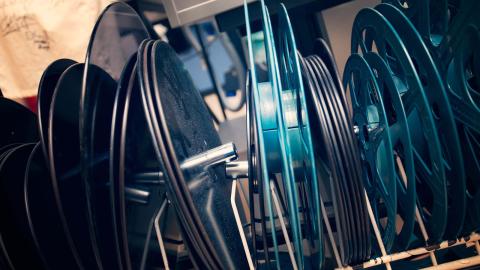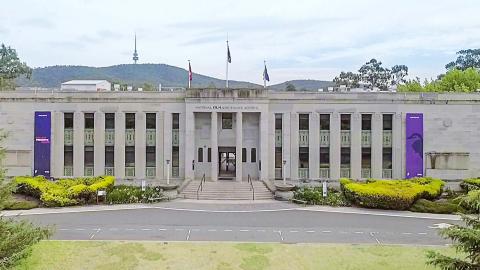

Ethics of archiving

Day three of my trip to Malaysia starts under a slate grey sky made hazy from the smoke of large-scale burning-off in neighbouring Indonesia. The smoke combines with the smog as I fight my way through peak-hour traffic on my way to the South East Asian and Pacific Audiovisual Archive Association (SEAPAVAA) conference venue. The multitude of local motorbike riders respond to the extreme cold (25°C) by putting their jackets on backwards which covers their arms, leaving their backs bare.
The road system was apparently designed by someone with a very bad sense of humour, but the meandering path to the conference venue allows me to take in even more of the city.
This craziness is contrasted by the gentle genorisity of our hosts at the National Archives of Malaysia (Arkib Negara Malaysia) and the Executive Council of SEAPAVAA. We are gracefully escorted to our seats in the Arkib’s auditorium in their newly opened administration building for the start of the day’s activities.
The first session of the morning is led by Ray Edmondson who discusses initiatives to ensure that all people who are responsible for setting archival strategies and goals do so from an informed position. The role of the middle manager was highlighted as the essential conduit between staff with operational and technical experience and with senior leaders who generally provide the strategic expertise.
The Secretary General of SEAPAVAA, Bee Thiam Than, then led a discussion about the preservation strategies, plans and ethics involved with audiovisual archiving. Azimah Mohd Ali from the National Archives of Malaysia began discussions with a presentation on Malaysia’s experience in developing national legislation and legal deposit.
I presented my paper on preservation planning and strategies and received questions regarding the NFSA’s curatorial framework and the way in which our preservation planning allows us to resolve competing ethical issues — such as balancing the value of open access to our collection with our responsibility for protecting Indigenous moral rights. I suggested that good preservation planning allows time and focus for the necessary discussions and debates to take place — for example, it allows time for Indigenous communities to be engaged in the clearing of potentially sensitive material.
Kevin Bradley from the National Library of Australia then presented the IASA publications TC03 and TC04 that outline the ethics, principles and strategies associated with audiovisual archiving.
The final session of the day covered the role of advocacy and outreach work. The Asian Film Archive, which is almost totally funded by charitable donations, presented a number of ingenious and cost-effective ways to promote the value and importance of audiovisual archiving.
Tonight there will be archival films screening at the National Archives of Malaysia. Contributions to the night come from a number of member organisations. NFSA will be screening a documentary relating to the preservation and conservation of early Lumiere film and documents and artefacts.
Tomorrow delegates will be visiting the Filem Negara (National Film of Malaysia), Malaysia’s government film unit. Delegates will also visit Radio Televisyen Malaysia.
The wind has risen and the thunder is cracking and it’s raining in the way that it can only do in a tropical climate. The new underground traffic tunnels in the city have been cleverly built to act as water channels at times of extreme floods. What’s not clear is how they get the cars out first. I’d better run!
The National Film and Sound Archive of Australia acknowledges Australia’s Aboriginal and Torres Strait Islander peoples as the Traditional Custodians of the land on which we work and live and gives respect to their Elders both past and present.


